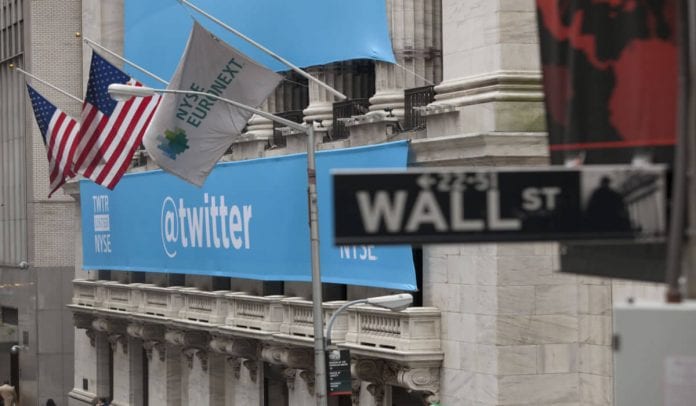To address the issue with digital ad dollars, which Twitter Inc (NYSE:TWTR) is not winning at the moment, they are planning on bringing out some new measures.
Most campaign advisers will say Twitter has not been the biggest player in the campaign. At a time when digital advertisers have been seeing good money during the election campaign, the microblogging company has lagged behind in the race. So far all the money is going to Facebook and Google.
$1.1 billion worth in political ad revenue has been estimated by analysts, and of that Facebook and Google have a stronghold of 85 percent they will get. Twitter is a distant third on the beneficiary list. The amount involved this to me is four times what the 2012 had for the digital platform.
But Twitter has a plan. They are waiting for the summer when campaigning now shifts from fundraising to promotion of broader themes which will help Twitter. Their strength in brand advertising can now come out.
This is also a revelation of what the company is facing at the moment. Campaigns are at the moment only interested in direct response ads which bring specific outcomes like campaign donations. Twitter only enables some of those features, whereby one campaign can collect the users email when they respond to timeline adverts. But even all this can not be compared to what the strongholds in direct response ads, Google, and Facebook have.
Direct ads only constitute about 10 percent of Twitter’s ad revenue. They are a small and underwhelming part of the company’s business.
The microblogging company is much more strong in the brand advertising department as confirmed by Twitter’s head of political ad sales. She explains that this kind of branding will be much more useful when it comes to conventions and to the eventual election day in November.
“The major budgets aren’t going to be unleashed until July or August — that’s when money starts flying,” Golden said. “That’s when campaigns promote] bigger ideas … I think Twitter works there.” By the time the campaign for president is over, she thinks that direct ads will only make for 10 to 20 percent of all the total political ad sales. This means what Twitter aims to get at the moment is still out there sitting in campaign offices.
At the moment, Twitter has tried to capitalize on the immediate platform. An example is of when a bird flew during Bernie Sanders campaign at a rally in Portland, Oregon, the crowd was excited. Twitter had one of its employees contact the Sanders campaign to the hashtag #BirdieSanders which quickly became fund-raising gold.
“Twitter was the most effective platform for fundraising on that day,” said Golden. “Where Twitter shines [is] in live moments.”
Twitter also has a modern day water cooler, where groups from various fields (journalist, political elite, and pundits) combine to deconstruct the live political events.
Vincent Harris, former chief digital strategist for the now defunct Rand Paul presidential campaign said he and his team would prepare GIFs, graphics, and some Vine video snippets to distribute on Twitter, during the Republican debates.
“I don’t think any other platform has the ability, especially from an ad perspective, where you can go up with your content and promote it and shove it out instantly,” Harris said.









